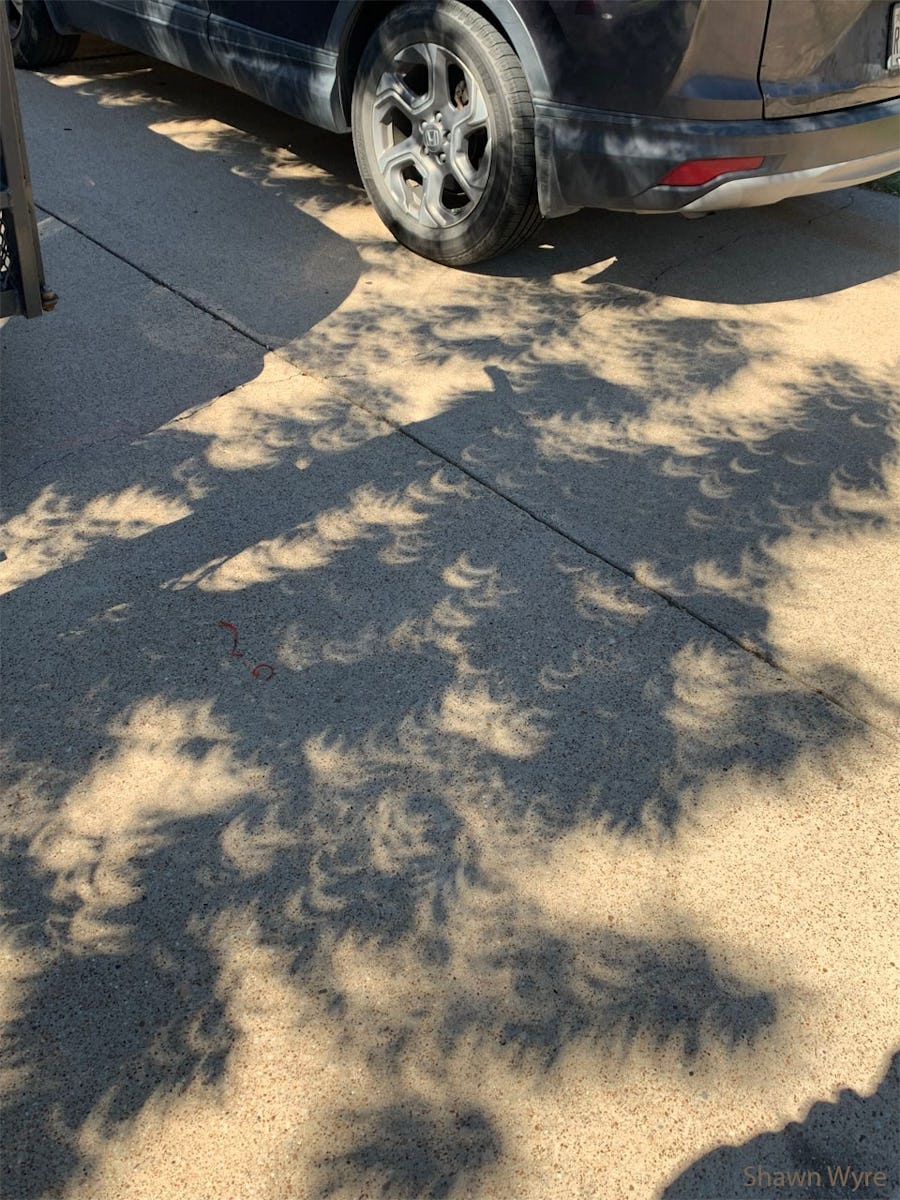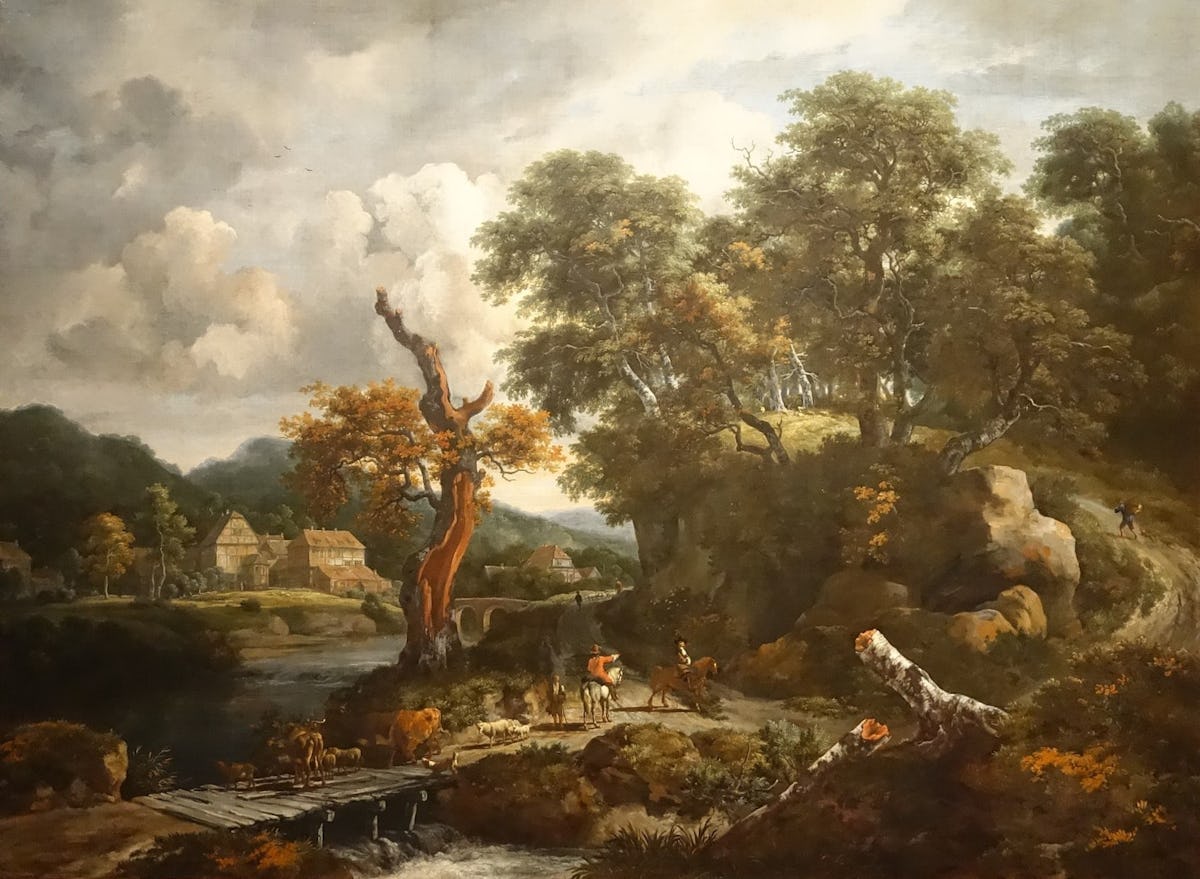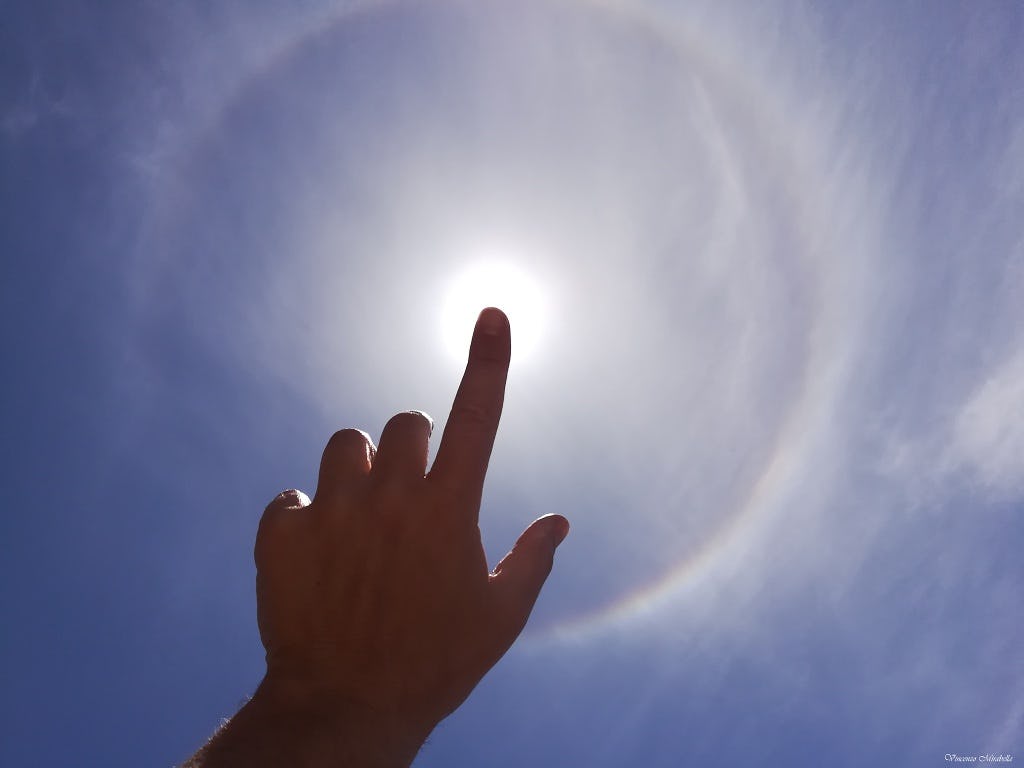NASA Astronomy Picture of the Day:
Yes, but can your tree do this? If you look closely at the ground in the featured image, you will see many images of yesterday's solar eclipse -- created by a tree. Gaps between tree leaves act like pinhole lenses and each create a small image of the partially eclipsed Sun visible in the other direction. The image was taken in Burleson, Texas, USA. Yesterday, people across the Americas were treated to a partial eclipse of the Sun, when the Moon moves in front of part of the Sun. People in a narrow band of Earth were treated to an annular eclipse, also called a ring-of-fire eclipse, when the Moon becomes completely engulfed by the Sun and sunlight streams around all of the Moon's edges. In answer to the lede question, your tree not only can do this, but will do it every time that a visible solar eclipse passes overhead. Next April 8, a deeper, total solar eclipse will move across North America. Album: Selected eclipse images sent in to APOD
Photo by Shawn Wyre








.jpg?fit=crop&w=280&h=280&q=93)






.jpg?fit=crop&w=200&h=200&crop=faces)









 - Copy.jpg?fit=crop&w=280&h=280&q=93)


R.jpg?auto=format&fit=clip&w=600)





















